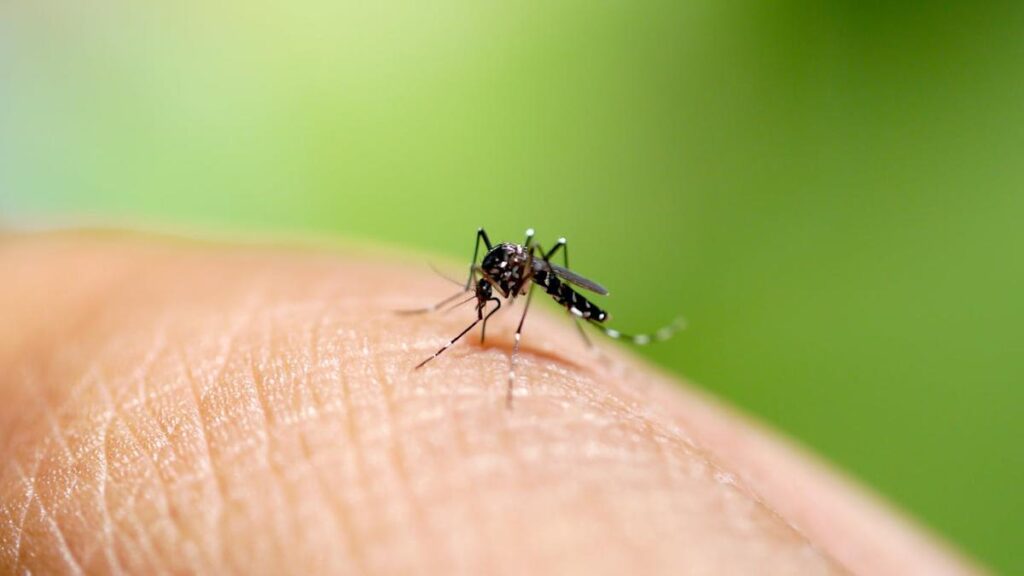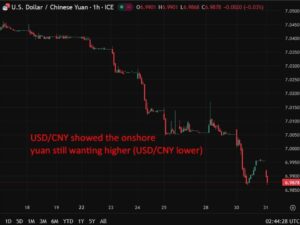
This week, the World Health Organization (WHO) raised alarms over a significant increase in cases of chikungunya, a mosquito-borne viral infection. Diana Rojas Alvarez, a medical officer at the WHO, spotlighted an outbreak in La Réunion and Mayotte, small islands in the Indian Ocean that previously endured an epidemic in 2004–05.
Between August 2024 and May 2025, La Réunion reported over 47,500 confirmed cases and 12 deaths due to chikungunya. Meanwhile, Mayotte recorded 116 cases between March and May this year. The virus has seen local transmission in more than 100 countries, with recent cases flagged in Africa, Asia, and Europe. This raises the question: should Australia be concerned about chikungunya?
Understanding Chikungunya: Symptoms and Spread
Chikungunya is characterized by symptoms such as fever, joint pain, and swelling. Additional symptoms can include headache, rash, muscle pain, nausea, and fatigue. Although rare, the virus can be fatal, particularly affecting infants, older adults, and individuals with pre-existing medical conditions. Symptoms typically manifest three to seven days after a mosquito bite, though they can take up to 12 days to appear.
There is no specific treatment for chikungunya beyond pain management with medications like paracetamol. While most individuals recover within weeks, some may experience prolonged fatigue and joint pain lasting months or even years.
Transmission Dynamics
Chikungunya is spread by infected female mosquitoes, primarily Aedes aegypti and Aedes albopictus. These mosquitoes become carriers after feeding on an infected individual. Known as “ankle biters,” they are aggressive day-time feeders that can follow humans indoors, increasing the risk of transmission.
Both mosquito species also transmit other viruses such as dengue, yellow fever, and Zika. Their presence and behavior make them a significant vector for spreading chikungunya globally.
Global and Local Impact
First documented in Tanzania in 1952, chikungunya outbreaks initially occurred across Africa and Asia. Over time, the virus has spread worldwide, with local transmission reported in 119 countries and territories as of December 2024. The 2004–05 epidemic remains the largest, originating in the Indian Ocean islands and eventually reaching India.
Climate change plays a crucial role in the virus’s proliferation. Warmer temperatures, altered rainfall patterns, and increased humidity create favorable conditions for mosquito breeding, allowing them to adapt to new environments and expand their habitats. Additionally, the virus has evolved, affecting populations with no prior exposure.
Australia’s Situation and Response
In Australia, Aedes aegypti has been present in northern Queensland since the 1800s, with Aedes albopictus first documented in the Torres Strait in 2005. Currently, A. aegypti is found across north, central, and southern Queensland, while A. albopictus remains in the Torres Strait. Despite this, no local chikungunya transmissions have been recorded in Australia.
However, cases do occur among travelers returning from regions like South and Southeast Asia or the Pacific Islands. In 2023, Australia recorded 42 cases, followed by 70 in 2024, and 90 so far in 2025. While these numbers are lower than in previous years, possibly due to COVID-19 travel restrictions, the potential for local transmission remains as climate change supports mosquito spread.
Interestingly, some evidence suggests Australians might have partial immune protection from a related virus, Ross River virus, which could mitigate the impact of chikungunya.
Travel Precautions and Future Outlook
For those traveling to areas with known chikungunya presence, preventive measures are crucial. Although two vaccines are approved in the United States, none are available in Australia. Travelers should wear loose-fitting, light-colored clothing, use insect repellent, and consider mosquito nets to reduce the risk of bites and other mosquito-borne diseases like dengue fever.
Monitoring for symptoms post-travel is essential, and medical consultation is advised if symptoms develop. As global temperatures continue to rise, the threat of chikungunya and similar viruses will likely increase, emphasizing the need for vigilant public health strategies and individual precautions.
This article is republished from The Conversation. It was written by Jacqueline Stephens and Jill Carr from Flinders University. Jacqueline Stephens is affiliated with the Australasian Epidemiological Association and the International Network for Epidemiology in Policy. Jill Carr is affiliated with the Australasian Virology Society and receives funding from The National Health and Medical Research Council to study viral diseases.







